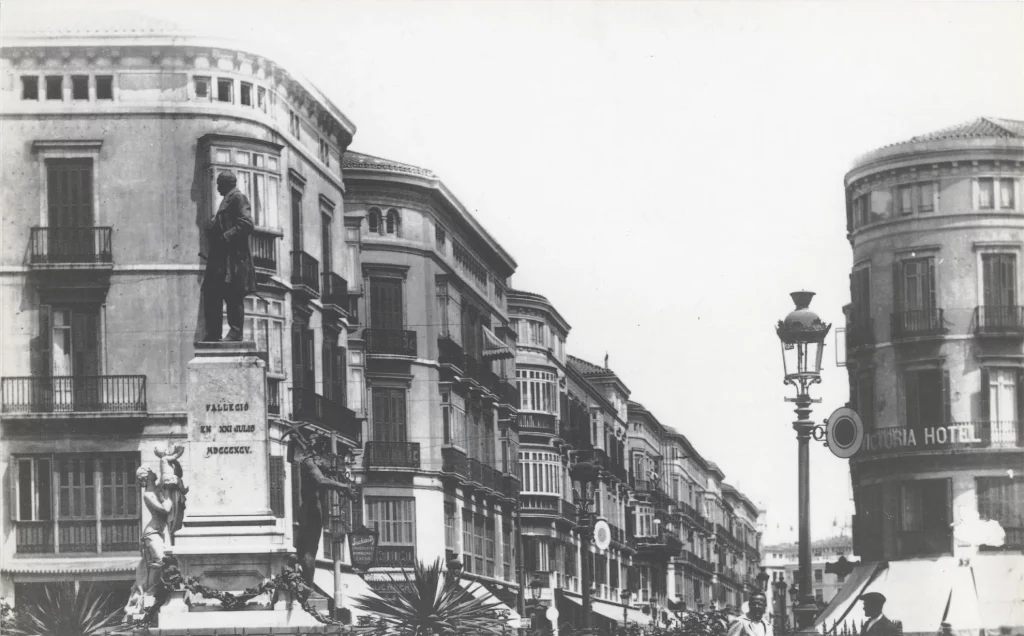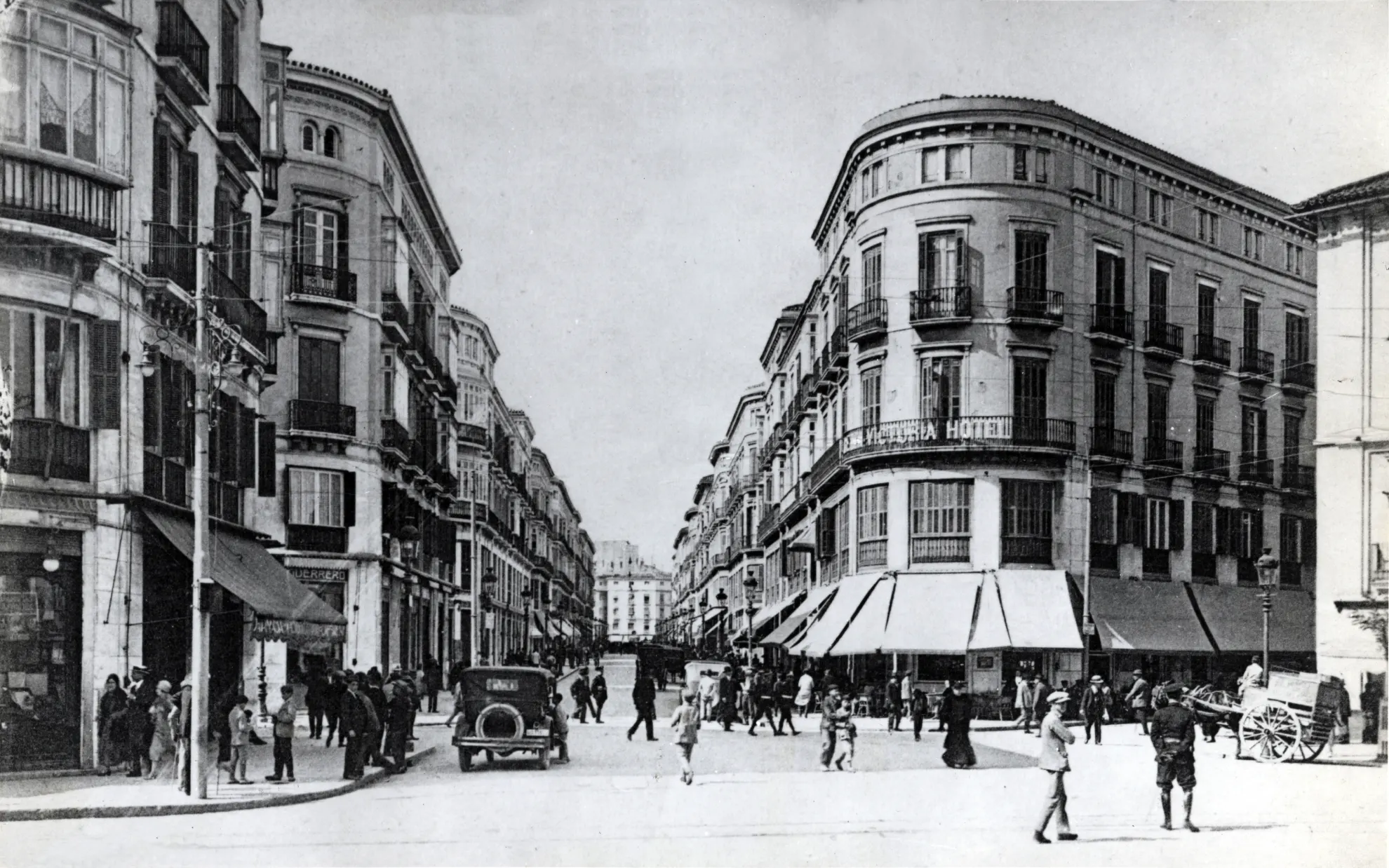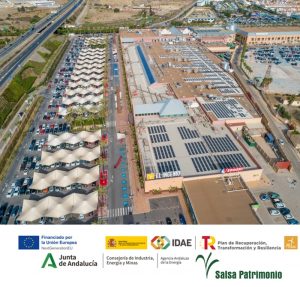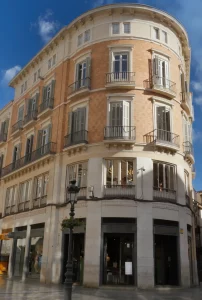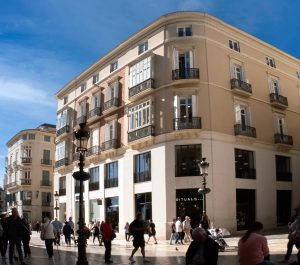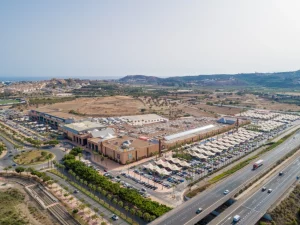Málaga’s Marqués de Larios street, commonly known as Larios street, dates back to the late 19th century and is considered one of the most elegant streets in Spain.
Its name is due to Mr. Manuel Domingo Larios y Larios, II Marquis of Larios, who was the great economic promoter of this work and to whom the City Council in gratitude erected a statue in his honor, made by Mariano Benlliure, who presides over the beginning of the street.
The main reason why Larios Street was built was the unhealthy nature of the network of alleys along the old Muslim layout of the city, where the population was crowded: an area full of taverns, barbershops, inns, hostels in where hygiene, sanitation and ventilation were conspicuous by their absence. This turned the area into a focus of epidemic outbreaks that ended up spreading to the rest of the population.
This reason, as well as the need to open a road that would connect old Málaga with the new area that was opening with the Park and the Alameda, were the main motivations for the City Council, with Alarcón Luján as mayor, on May 1, In 1880, the bases of a public limited company were made public to promote the construction of the street. The capital was set at one million pesetas and distributed in 40 shares of 25,000 pesetas, the majority of which were acquired by the Larios family, so they remained in charge of the project.
The street layout was designed by the municipal architect Mr. Manuel Rivera Valentín, but the set of building projects was drawn up and the works were directed by the same architect, Mr. Eduardo Strachan Viana-Cárdenas, who introduced the city to the style and influence of the Chicago school, but with the European air of Haussmann’s Parisian boulevards. On May 15, 1887, construction began, personally directing the more than 1,200 workers hired for the project on site day by day.
Thus, one of the most stately streets in Spain begins to see the light, flanked by twelve blocks of symmetrical buildings, all of the same height that curiously corresponds to the width of the street, providing spectacular harmony and symmetry. These buildings are characteristic for their rounded corners, they have the architectural genius that each and every one of the lines of their cornices and balconies coincide at a vanishing point at the end of the street.
Strachan’s preparation, very advanced for that time and immersed in the cultural exchange of the city that was fostered by the port, allowed the incorporation of intellectual and technical advances in the proposal for the new road.
Given the problem of ventilation in the area due to the layout of the streets, the most practical solution, not just aesthetic, was to build buildings with rounded corners that propitiate the passage of wind coming from the sea due to their proximity to it, cleaning the air at a time when sanitation was poor, thus taking advantage of the health benefits of the sea breeze.
It was also the first road in the city whose buildings had amenities that were unattainable for the time: high ceilings and metal columns that supported the structure, hydraulic floors, own sanitation, running water and two bathrooms per home.
The orientation of the buildings was also taken into account: allowing the sun to enter in winter and avoiding it during the summer.
At street level, outside, few remember that the original floor was made of Wood, forming a framework from end to end thanks to a laying of this material that caused everyone’s astonishment. Its delicacy was such that the people of Malaga soon nicknamed the street ‘the dance hall’.
The care taken by the Larios family in the construction of the avenue was finished off with this exceptional pavement, which in addition to reinforcing the stately appearance of the complex from an aesthetic point of view, had another important value: the wooden floor absorbed the noise of the car tires, undoubtedly another attraction for the neighbors who began to move into their luxurious homes.
This work also led to the area being transformed into the city’s first-class shopping center and emblem of the Malaga bourgeoisie, where the first luxury businesses were installed.
Finally, in four years of incessant work, the entire street was built, inaugurated on August 27, 1891, when D. Sebastián Souvirón Torres was mayor and the blessing was carried out by the bishop and blessed D. Marcelo Spínola y Maestre.
The pedestrianization of Larios Street in 2001 marked a revolution for the historic center on a commercial level, positioning it as one of the most sought-after in the world. Larios Street is the epicenter where much of the city’s social life takes place, with its main celebrations such as Holy Week, Carnival, the August Fair and the Christmas lights, in addition to being the setting for catwalks fashion and photography exhibitions.
At Salsa Patrimony we have four buildings that lease premises, homes and offices at numbers 3, 4, 12 and 14 of this spectacular street, which preserve all the essence of that Málaga bourgeois architecture from the late 19th century, but currently equipped with all the construction advances of our current era.
